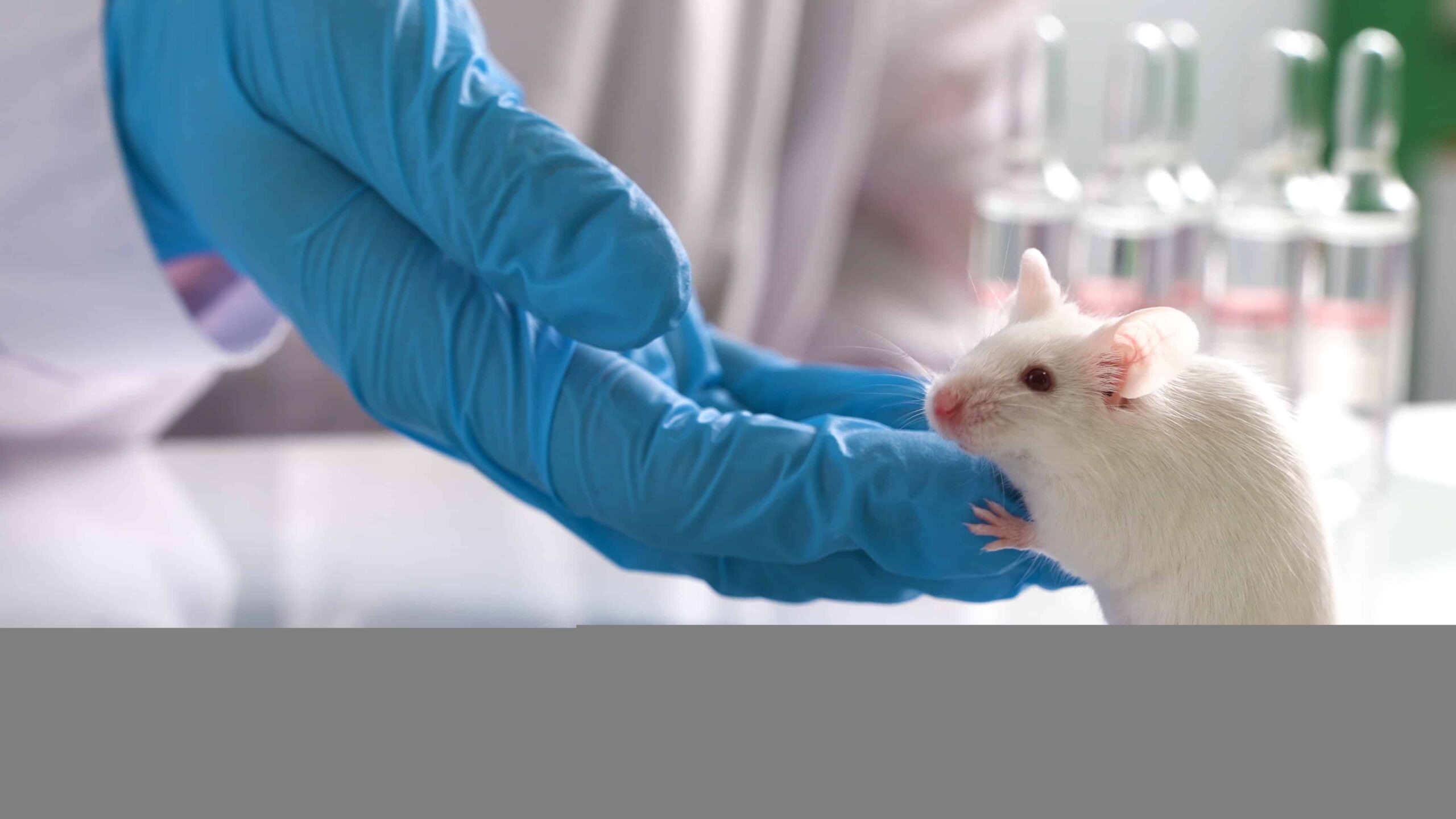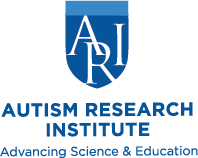A new animal study suggests that maternal exposure to a class of fire-retardant chemicals called polybrominated diphenyl ethers (PBDEs) may play a role in autism spectrum disorders (ASD).
Elena Kozlova and colleagues exposed mice orally to PBDEs during pregnancy and nursing, and later found that female offspring
exhibited exaggerated marble-burying behavior—a behavior considered to be similar to the repetitive behaviors seen in ASD— as well as deficits in short-term social recognition and long-term social memory.

One finding, study coauthor Margarita Curras-Collazo says, was that “the female offspring of mother mice exposed to PBDEs showed olfactory deficits that dampened their ability to recognize other mice. In effect, these offspring do not distinguish new mice from familiar ones.” The researchers note that children with ASD also exhibit abnormalities in olfactory processing, such as impairments in detecting and identifying odors or unusual reactions to them.
In addition, the researchers found alterations in the expression of oxytocin and vasopressin, two hormones that affect social information processing and social cognition, in specific areas of the brain. This suggests, they say, that PBDEs target distinct brain systems, resulting in neurodevelopmental abnormalities.
The researchers conclude, “Our work demonstrates that developmental PBDE exposure produces ASD-relevant neurochemical, olfactory processing, and behavioral phenotypes that may result from early neurodevelopmental reprogramming within central social and memory networks.”
—
“Persistent autism-relevant behavioral phenotype and social neuropeptide alterations in female mice offspring induced by maternal transfer of PBDE congeners in the commercial mixture DE-71,” Elena V. Kozlova, Matthew C. Valdez, Maximillian E. Denys, Anthony E. Bishay, Julia M. Krum, Kayhon M. Rabbani, Valeria Carrillo, Gwendolyn M. Gonzalez, Gregory Lampel, Jasmin D.Tran, Brigitte M. Vazquez, Laura M.Anchondo, Syed A. Uddin, Nicole M. Huffman, Eduardo Monarrez, Duraan S. Olomi, Bhuvaneswari D. Chinthirla, Richard E. Hartman, Prasada Rao S. Kodavanti, Gladys Chompre, Allison L. Phillips, Heather M. Stapleton, Bernhard Henkelmann, Karl Werner Schramm, and Margarita C. Curras-Collazo, Archives of Toxicology, October 23, 2021 (free online). Address: Margarita C. Curras-Collazo, mcur@ucr.edu.
—and—
“Study shows flame retardants cause brain changes in mice offspring,” news release, University of California Riverside, November 5, 2021
This article originally appeared in Autism Research Review International, Vol. 35, No. 4, 2021
ARI’s Latest Accomplishments
Connecting investigators, professionals, parents, and autistic people worldwide is essential for effective advocacy. Throughout 2023, we continued our work offering focus on education while funding and support research on genetics, neurology, co-occurring medical
Biomarkers start telling us a story: Autism pathophysiology revisited
Learn about emerging research on biomarkers and autism from a recent ARI Research Grant recipient. This is a joint presentation with the World Autism Organisation. The presentation by Dr.
Editorial – Bernard Rimland’s Impact: Sixty Years Since the Publication of ‘Infantile Autism’
In this milestone year of 2024, the Autism Research Institute commemorates the 60th anniversary of Dr. Bernard Rimland’s groundbreaking work, Infantile Autism: The Syndrome and Its Implications for a Neural Theory of




